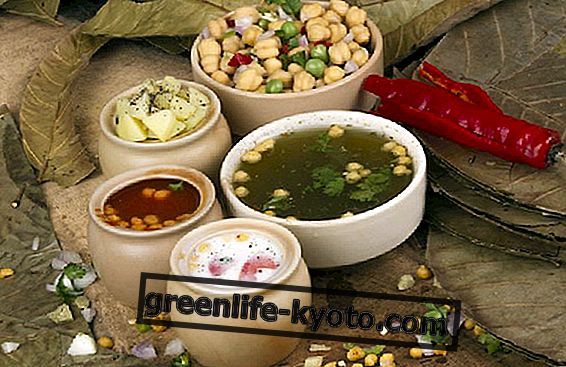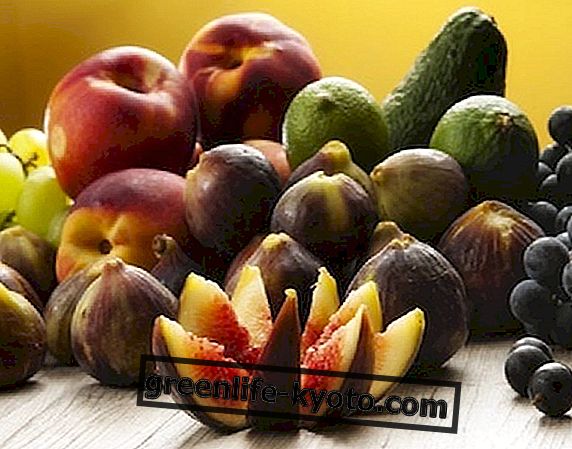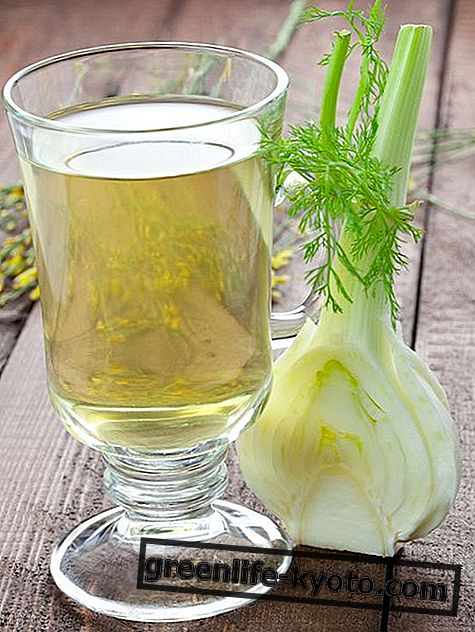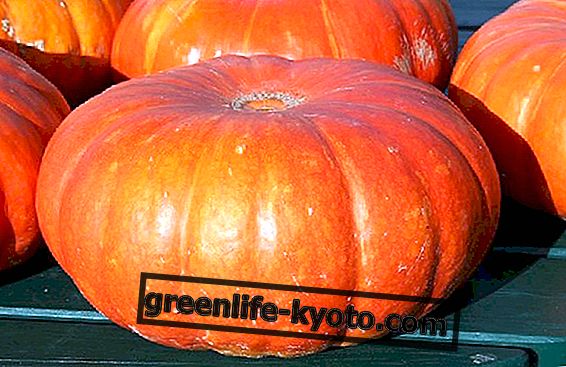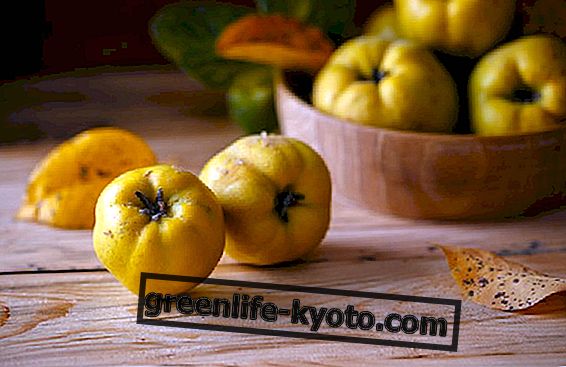
The quince is an autumn fruit belonging to the family of pome fruits. It can be pear-shaped or malformed, depending on the variety; the quinces are very fragrant and, once ripe, they take on a yellow color.
The quince is not easily found in large-scale distribution, although in the last few years there has been a small rediscovery and it is slowly becoming easier to find it, especially in the more supplied stores.
Quince is present more or less throughout Italy but is more common in the South, especially in Puglia, Basilicata, Sicily and Campania. The fruits are in season for most of the autumn and, more precisely, from the beginning of October to the beginning of December.
The quince is a bit like the ugly duckling of autumn fruits; often it is set aside in favor of products with a more delicious look. In fact it is a bit difficult food: the pulp is very hard and it is almost impossible to eat it raw. It is worthwhile, however, to rediscover this very rich fruit from a nutritional point of view which, when used in the right way, can also give great satisfaction to the palate.
The quince is good for the heart and intestines
The quince is a mine of pectin, a soluble dietary fiber that has stabilizing, thickening and gelatinizing qualities.
Pectin, thanks to the properties listed above, is an excellent help to control blood cholesterol and blood sugar levels ; it also promotes intestinal motility.
The quince contains malic acid, a substance that has an anti-inflammatory function on the intestine and stomach and promotes digestion .
It is low in calories: 100 grams of fruit contain 57 calories .
It is a good source of minerals, especially potassium, but also copper, phosphorus, magnesium and iron. It contains an excellent amount of vitamin C and has a detoxifying action on the body.
Why rediscover the quince?
For all the qualities just illustrated, and also for many others:
> The quinces are, par excellence, the fruit of jams, so much so that the term jam probably derives from the Portuguese marmelo which means quince. A single quince on a kilo of fruit can favor the success of any jam because it helps to obtain a beautiful consistency without adding other thickeners.
> A decoction of quince is a real cure for coughs and colds, thanks above all to its anti-inflammatory qualities.
> A cooked quince is an excellent natural remedy against constipation. And if you add a cinnamon stick to it, it is also a pleasant and aromatic autumn snack.
> The quince is a perfect ingredient for home-made cakes, it can be used in pieces or blended, the important thing is to cook it before adding it to the mixture. You will get delicious cakes, very fragrant and, if you wish, even light.



